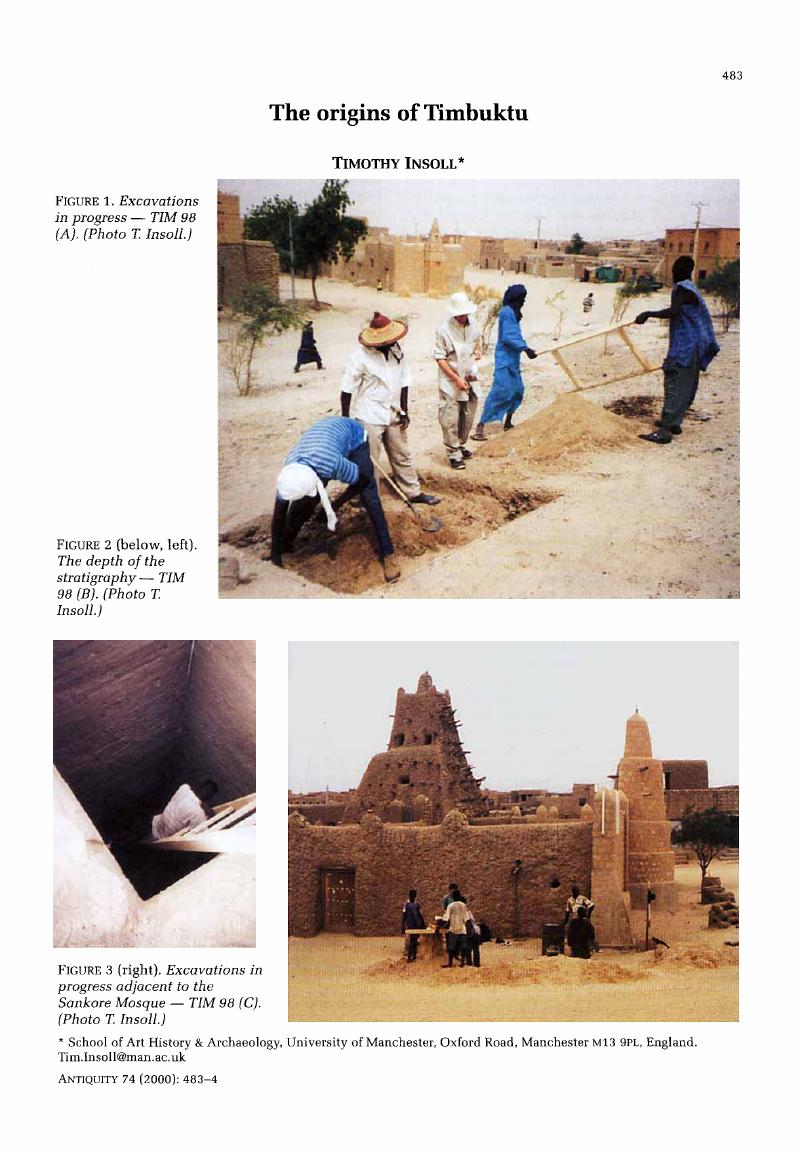Crossref Citations
This article has been cited by the following publications. This list is generated based on data provided by Crossref.
Insoll, Timothy
Polya, David A
Bhan, Kuldeep
Irving, Duncan
and
Jarvis, Kym
2004.
Towards an understanding of the carnelian bead trade from Western India to sub-Saharan Africa: the application of UV-LA-ICP-MS to carnelian from Gujarat, India, and West Africa.
Journal of Archaeological Science,
Vol. 31,
Issue. 8,
p.
1161.
Mattingly, David J.
Sterry, Martin J.
and
Edwards, David N.
2015.
The origins and development of Zuwīla, Libyan Sahara: an archaeological and historical overview of an ancient oasis town and caravan centre.
Azania: Archaeological Research in Africa,
Vol. 50,
Issue. 1,
p.
27.
Sterry, Martin
and
Mattingly, David J.
2020.
Urbanisation and State Formation in the Ancient Sahara and Beyond.
p.
277.
Mcintosh, Susan Keech
2020.
Urbanisation and State Formation in the Ancient Sahara and Beyond.
p.
521.
Baumanova, Monika
2020.
Sensory Synaesthesia: Combined Analyses Based on Space Syntax in African Urban Contexts.
African Archaeological Review,
Vol. 37,
Issue. 1,
p.
125.
McIntosh, Susan Keech
and
McIntosh, Roderick J.
2023.
Revisiting site history and regional interaction at the Dia settlement mound complex, Mali.
Azania: Archaeological Research in Africa,
Vol. 58,
Issue. 4,
p.
620.



